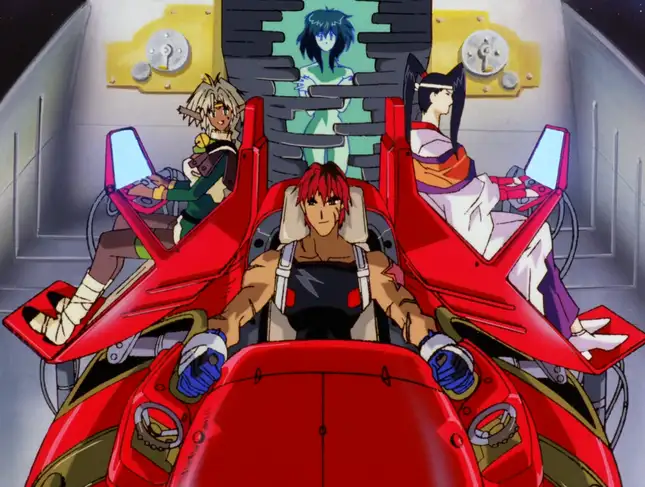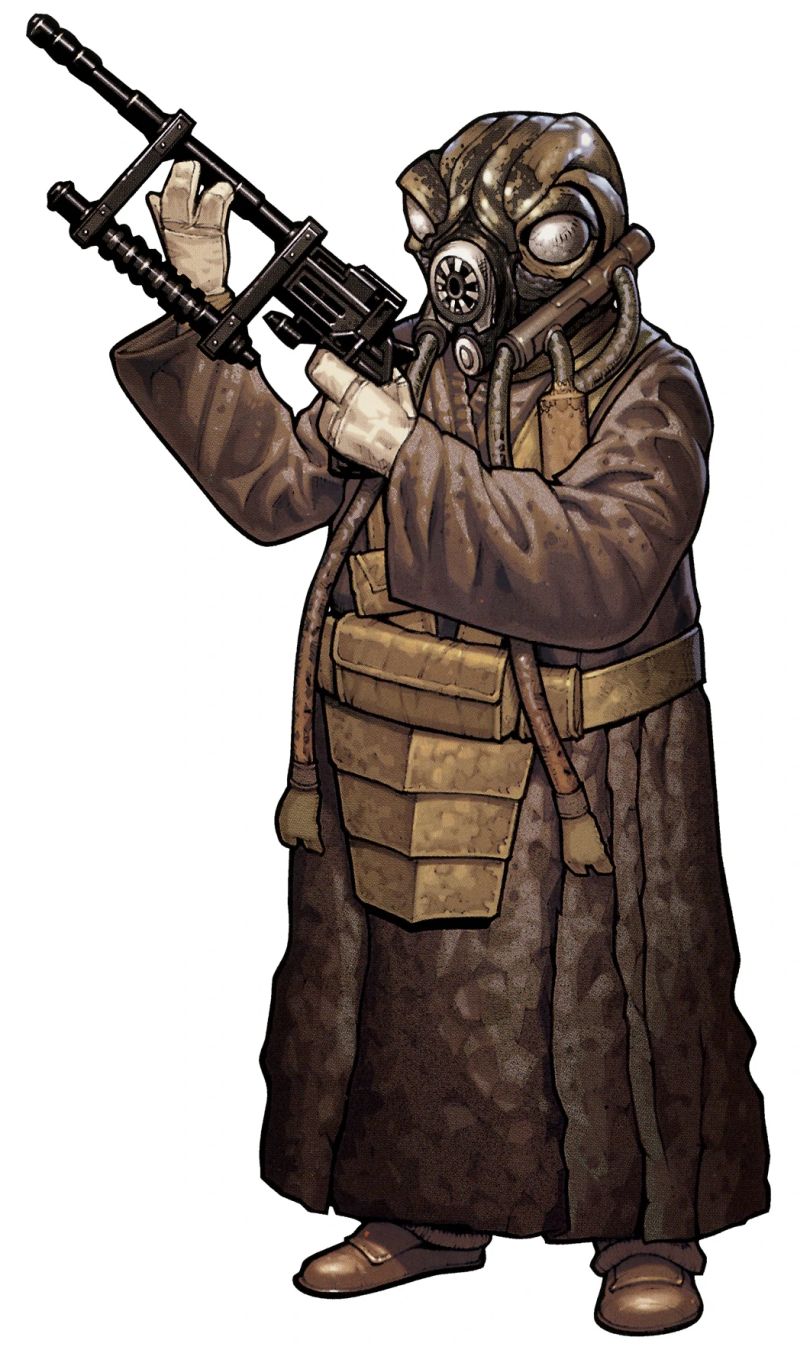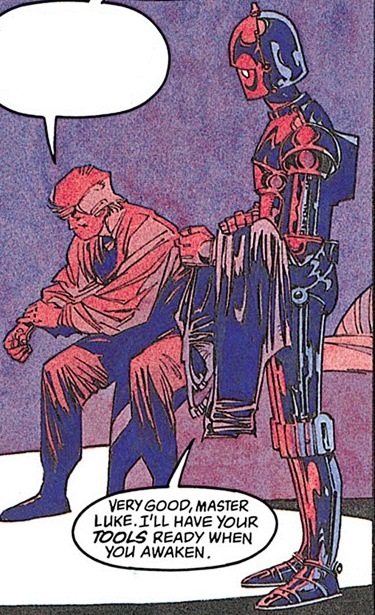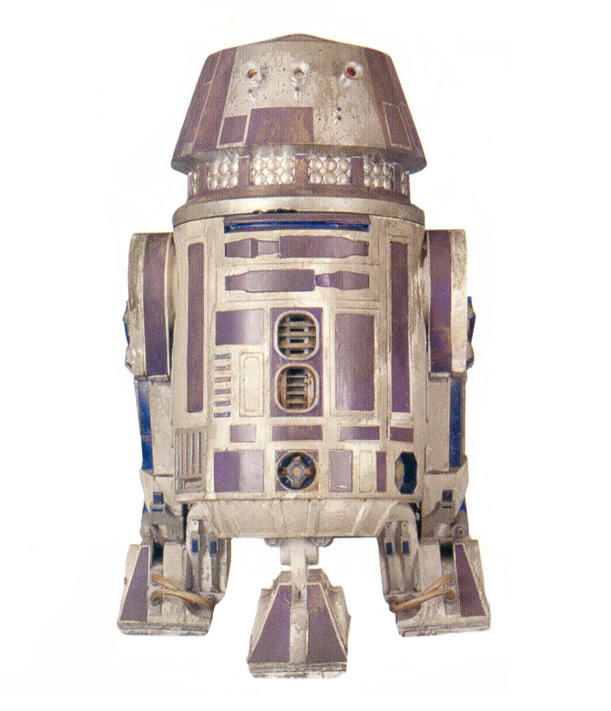 STARSHIP CONVERSION: TRANSPORTS (STARFIGHTER COCKPIT LAYOUT)
* See below for more information
Cost:
-Cockpit Rearrangement: 500 credits
-Automation: 1,000 credits per +5 Difficulty, per removed Crew member
-Cockpit Weapon Linkage: 100 credits per weapon
-Weapon Fire-Linking: 100 credits per weapon
Weight: 0 metric tons*
GAME NOTES:
Most space transports and freighters have a cockpit that has stations and room for, at the very least, a pilot and co-pilot. Many even have room for other crew members, such as a captain, second-in-command, engineers, and even gunners. This room is often necessary for the operation of the ship.
Sometimes, however, a transport is small enough, or the ship's owner just has a wild hair, and they wish to rework the cockpit to operate less like as stated above, and more like a starfighter. In these cases, the co-pilot seat is removed, and the pilot station is rearranged from one side of the cockpit to be placed in the center of it. This allows the pilot to have a more centralized view of the space around them while flying the ship (Note that this works best in ships with a centralized cockpit for viewing the outside of the ship, where ships with side-mounted cockpits like C.E.C. YT series ships may benefit less (or not at all) from such a layout (though wild pilots may do this anyway, and may even be very successful in doing so). this new layout places the majority of the ship's controls right at the fingertips of the pilot, including flight controls, weapons systems, and any other systems that may need to be used during flight and combat.
In order to make this as effective as possible, along with the rearranging of the cockpit layout other changes need to be made. Automation must also be installed to reduce any needed crew to fly the ship to just the pilot and make piloting as easy as possible (transports often require a crew of 2 or more to effectively fly the ship, and only having a crew of 1 usually comes with an increase in Difficulty to flyy the ship; using automation can reduce the required Crew to "1"). The controls for the ship's weapons need to have extra linkages installed to allow the pilot to control these weapons from the new cockpit layout (100 credits per weapon). And finally, if the ship has many weapons that require many gunners, these will often be locked in the forward firing position and, if they are the same/similar, will be fire-linked together. This, combined with the automation and extra weapon control linkages, makes use of the weapons in combat simplified, which also allows the ship to operate more like a starfighter.
(Example: Corellian Engineering Corporation VCX-820A Assault Ship)
GAME DESIGN NOTES:
When I took the C.E.C. VCX-820 Escort Freighter and and modified it into the VCX-820A Assault Ship, I looked around for any rules to allow this kind of modification.
Cockpit Rearrangement
The cockpit layout rearrangement was my own idea. While this can be done in a cockpit with pilot and co-pilot stations, it can be done in more spacious cockpits with room for more crew, and in some cases those other crew stations may even be left intact if desired. For cockpits deemed too small for this, the modification can still be made by converting 2 metric tons of cargo space per cockpit crew station wanted to be left intact (though it may be moved around to make room for the new starfighter pilot station, and the cockpit may now be somewhat "bigger" after making the change).
(Example: An old ship I made, the Gunstar Nova II, was a YZ-775 Medium Transport that was modified to be more like the Outlaw Star, the hero ship from an anime series of the same name. Its cockpit has room for the ship's entire crew of 8, so we assumed this gave it room to spare for this rearrangement. After installing "combat grappler arms" the pilot seat was placed in the middle, the co-pilot station was placed directly in front of this (but lower, as we said the cockpit towards the front slanted downwards to grant better visibility for the pilot/grappler when in "combat grappler mode"), and the other 6 crew stations were positioned 3 to each side of the cockpit, with two of these in the back corners)
Automation
After seeing various forms of automation mentioned in various Star Wars material that reduces needed crew and Difficulty for operating ships, I have always wanted rules to do this in my games, as both a player and a gamemaster. But, to this date, I have not found any rules to do this, in either D6 or D20 rules (D20 rules may have something, as I have yet to pour through ALL of it like I have most of D6). So, I decided to make my own! This may seem expensive, but this is due to how useful, and potentially powerful, this could make a ship.
While this price works for space transports and other small ships, applying this to capital ships may seem too expensive, yet it would also be great to use this on older capital ships to update them to modern standards (like the Katana Fleet of Old Republic dreadnoughts portrayed in the original Thrawn Trilogy of novels). When applying this to capital ships, companies hired to perform this modification may offer a discount for a "bulk deal" to replace large numbers of crew ranging in the dozens, hundreds, thousands, or more (GM discretion).
Cockpit Weapon Linkage
This is pulled directly from Galaxy Guide 6 Tramp freighters, page 41. Took a while to find it, but glad I did. This allows for extra controls for weapons to be installed elsewhere in a ship, often in the cockpit (but other locations are possible). This also explains how Dash Rendar from Shadows of the Empire was able to use the weapons of his ship, the Outrider, from the cockpit, which were also turrets.
Weapon Fire-Linking
The cost of this is also pulled from Galaxy Guide 6 (page 40-41, same section that describes the extra linkages). However, rules for increased Damage from fire-linking either increases +1D per extra weapon, same but caps at three weapons, or increases +1 pip per weapon (I made a home brew rule where every +1D Damage comes as the weapons are doubled (Ex: 2 weapons = +1D, 4 weapons = +2D, etc).
|












